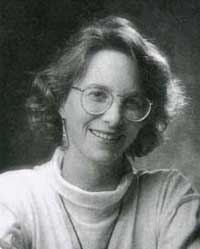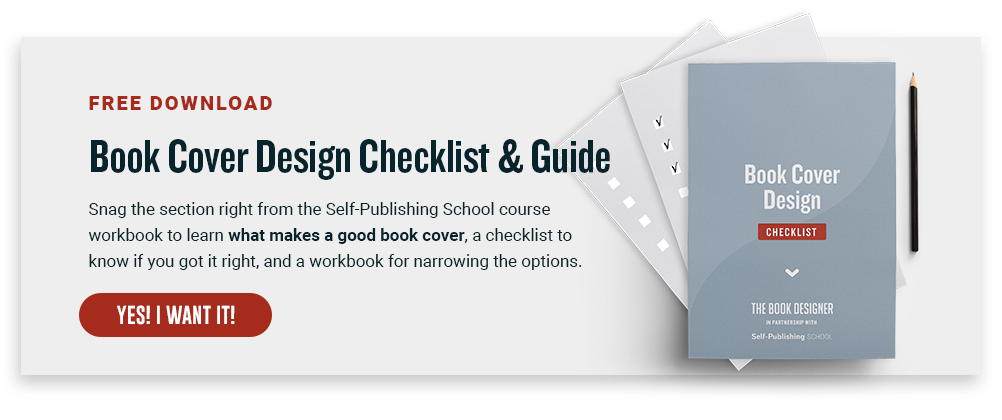
When you’re working with type every day, you become sensitive to type design, an area of subtle refinement and architecture on a very small scale. Book designers, of course, are particularly interested in text typefaces for setting long documents, but typefaces in general are objects of unique attraction, interest, even mystery.
Most of the notable typeface designers have historically been men, but one of the twentieth century’s most influential designers is Carol Twombly, who worked for years in the type design department at Adobe, when many of the Adobe Originals typefaces were planned and carried out in the 1990s.
History
Twombly is distinctive for many reasons, and her story has an element of mystery to it as well. At the beginning, she was a promising student at the Rhode Island School of Design, where one of her professors was the type designer Charles Bigelow, the designer of the Lucida, Apple Chicago, Apple Geneva and Wingdings fonts, among others.
After studying under Bigelow again at Stamford, and receiving one of the few degrees in their digital typography program, Twombly went to work in Bigelow’s type design studio, Bigelow & Holmes, where her first notable design, the upright italic Mirarae, won the prestigious Morisawa Typeface Design Competition in 1984. Mirarae was licensed and issued by the Bitstream type foundry.
It’s obvious that Twombly was deeply impressed by historical models, and this would be proven again and again as she looked for sources for more type designs. From 1988 through 1999, Twombly produced some of the most beautiful and most popular typefaces that came out of Adobe, most of which were firmly anchored in classical roots.
Historical Models Make Stunningly Modern Typefaces
In 1989, Twombly along with the team of designers at Adobe, created three faces all based on different historical models, and each of which would go on to tremendous popularity. Charlegmagne was modeled on classical Roman engravings. (All font samples are from Myfonts.com, where these fonts can also be purchased.)
Lithos was modeled on 5th century BC Greek stone inscriptions.
And Trajan was modeled on the classic letterforms of the inscription on the Column of Trajan, which was built in 133 AD in Rome. If you think Trajan looks familiar, it’s because it is the most popular font that I know of for movie posters.
I had long enjoyed these fonts before I knew they were all from the same designer. Her next font, released in 1990, was Adobe Caslon, considered by many to be the best text typeface ever to come out of the Adobe design studio. This font is still widely popular as a text face today. It’s modeled on the fonts of the British printer William Caslon, who released his first typefaces in 1722.
Next, in 1991, working with the famous type designer Robert Slimbach, Twombly created one of the most versatile san serif typefaces, Myriad. I use this font almost every day.
In 1993, Twombly reached out in a new direction, when she created the decorative face, Viva.
And in 1994, She reached even farther with Nueva, which I just used last month on the cover of a inspirational/self-help book, much to my client’s delight. Although based on historical models, Nueva has a liveliness and modernity all its own.
Finally, in 1997, Carol Twombly released her last typeface, Chaparral, in an extensive family of fonts.
Which Brings Us To Today
It was discovering this gorgeous slab-serif font, which I had fogotten about years ago, that reignited my interest in Twombly, and I started to look into what she had been doing. After all, this one designer had created several of my all time favorite fonts, and the overall quality of her work was diverse and startling.
In 1994, she became the first woman, and only the second American ever to be awarded the prestigious Prix Charles Peignot at the 1994 ATypI conference in San Francisco, given to outstanding type designers under the age of 35.
But the years at Adobe, operating in the corporate world seemed to have been enough for Twombly. After an incredible run of creative design, she completely retired from type design in 1999. She now lives a private life devoted, apparently, to her other creative pursuits in crafts unrelated to typography.
Although the type world is poorer for having lost such an amazing talent after an abreviated career, Carol Twombly has left us with a remarkable legacy of excellence and vitality in type design that will live for many many years.
Type fonts have an odd and colorful role as carriers of our cultural DNA. The work of Carol Twombly has transported that influence, modernized and digitized, into the twenty-first century.
Takeaway: The typefaces of Carol Twombly, created at Adobe Systems, although small in number are among the most popular and most versatile fonts we have at our disposal. Carol, wherever you are, thank you.
Resources:
The Many Faces of Carol Twombly essay by Elio L. Arteaga
A long discussion on the Typophile blog about Carol Twombly
An interesting Carol Twombly poster by designer eunice lo



